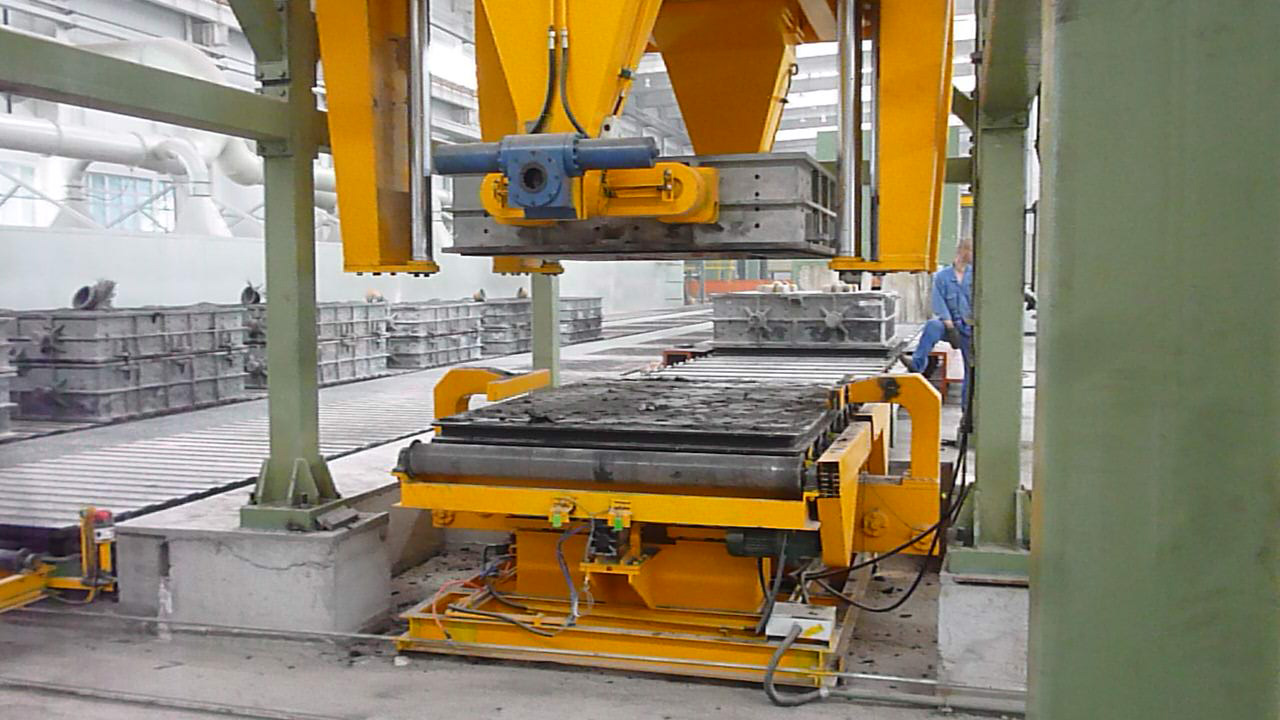Дек . 05, 2024 19:05 Back to list
Colorimetric Analysis of Metallography in Different Types of Cast Iron Materials
Color Metallography of Cast Iron A Comprehensive Overview
Color metallography is a vital technique in materials science, particularly in the study of cast iron. This method involves the use of optical microscopy and specific staining techniques to reveal the microstructural features of materials, which can be crucial for understanding their properties and performance. Cast iron, an iron-carbon alloy with a carbon content greater than 2%, is known for its versatility, excellent castability, and good machinability. To fully utilize these characteristics, a thorough understanding of its microstructure through color metallography is essential.
The Importance of Color Metallography in Cast Iron
Cast iron can exhibit a diverse range of microstructures, each with unique properties that influence its mechanical performance. The primary types of cast iron include grey iron, ductile iron, white iron, and malleable iron, each defined by its graphite morphology and interlacing matrix. Color metallography allows researchers and engineers to analyze these microstructures more effectively, providing insights into the relationship between structure and properties.
The various phases present in cast iron, such as ferrite, pearlite, and cementite, can be differentiated using specific colorizing techniques. For instance, different etchants can be applied to reveal the underlying phases based on their chemical composition. The resulting color contrasts not only help in identifying these phases but also provide information about their distributions, orientations, and sizes, which are critical for assessing the overall material performance.
Techniques Used in Color Metallography
The primary tools employed in color metallography include optical microscopes combined with specific chemical etchants. Typical etchants used for cast iron include Nital (a solution of nitric acid in alcohol) and certain alkaline solutions, which can selectively etch the iron and its phases, revealing the microstructure in vivid colors under the microscope.
colour metallography of cast iron

The procedure typically begins with sample preparation, which includes cutting, grinding, and polishing the cast iron specimen to achieve a flat surface. After polishing, the specimen is subjected to chemical etching, which enhances the contrast between different phases. The etched sample is then examined under a light microscope, where the varying shades and colors indicate the presence of different structures, enabling a detailed analysis.
Applications and Benefits
The application of color metallography in cast iron is particularly valuable in quality control and research. By assessing the microstructural features, manufacturers can optimize casting processes, such as refining the alloy composition or controlling cooling rates, to achieve desired properties. For instance, controlling the graphite morphology can enhance toughness and ductility, whereas a finer pearlite structure can improve hardness and wear resistance.
Moreover, understanding the microstructure through color metallography supports defect analysis. Common issues such as porosity, shrinkage, and unwanted phase formations can be identified and addressed during the manufacturing process. This not only improves product quality but also minimizes material waste and production costs.
Conclusion
In summary, color metallography is a powerful tool for the analysis of cast iron. It enables the detailed examination of microstructural features, which is crucial for understanding and optimizing the mechanical properties of the material. By employing various staining techniques and advanced optical microscopy, researchers and manufacturers can gain valuable insights that inform decisions on alloy development and processing methods. As the demands for high-performance materials continue to grow, the role of color metallography will remain pivotal in the advancement of cast iron technology and its various applications across industries.
-
OEM Cast Silicon Aluminum Alloy Heat Exchanger | Custom & High Performance
NewsAug.25,2025
-
Centrifugally Cast Iron Water Main Pipe | Ductile Iron Solutions
NewsAug.24,2025
-
Durable Cast Steel Concrete Pipe Mold Bottom Rings & Base Trays
NewsAug.23,2025
-
Centrifugally Cast Iron Water Main Pipe for Reliable Mains
NewsAug.22,2025
-
Durable Centrifugally Cast Iron Water Main Pipe
NewsAug.11,2025
-
Centrifugally Cast Iron Water Main Pipes for Reliability
NewsAug.10,2025


